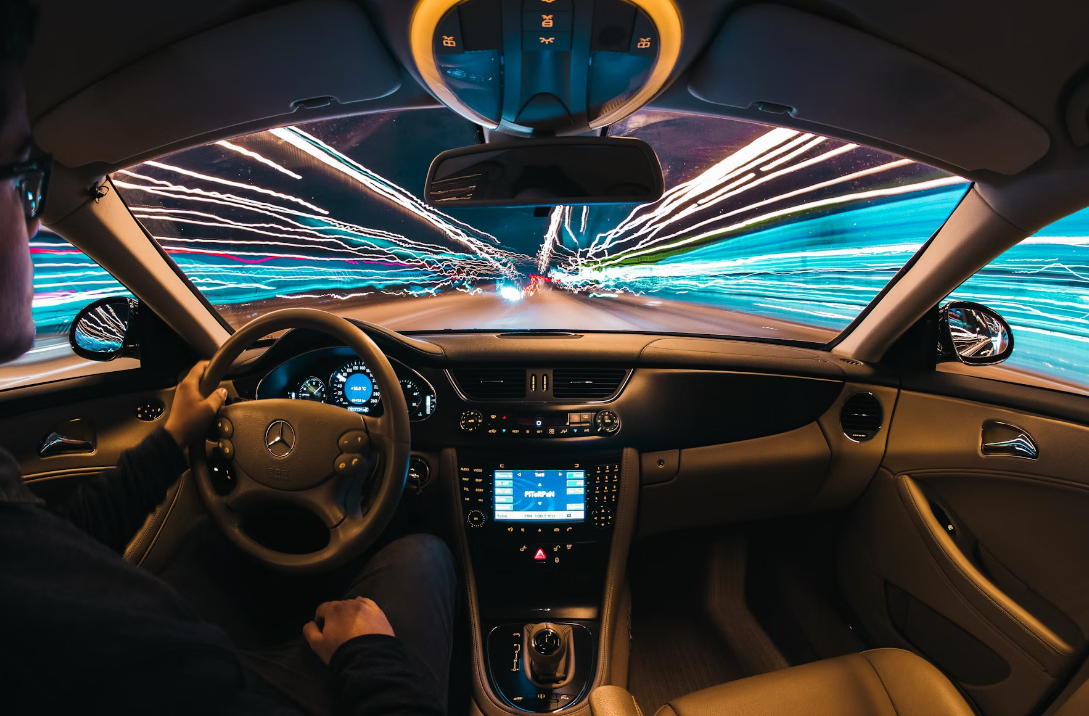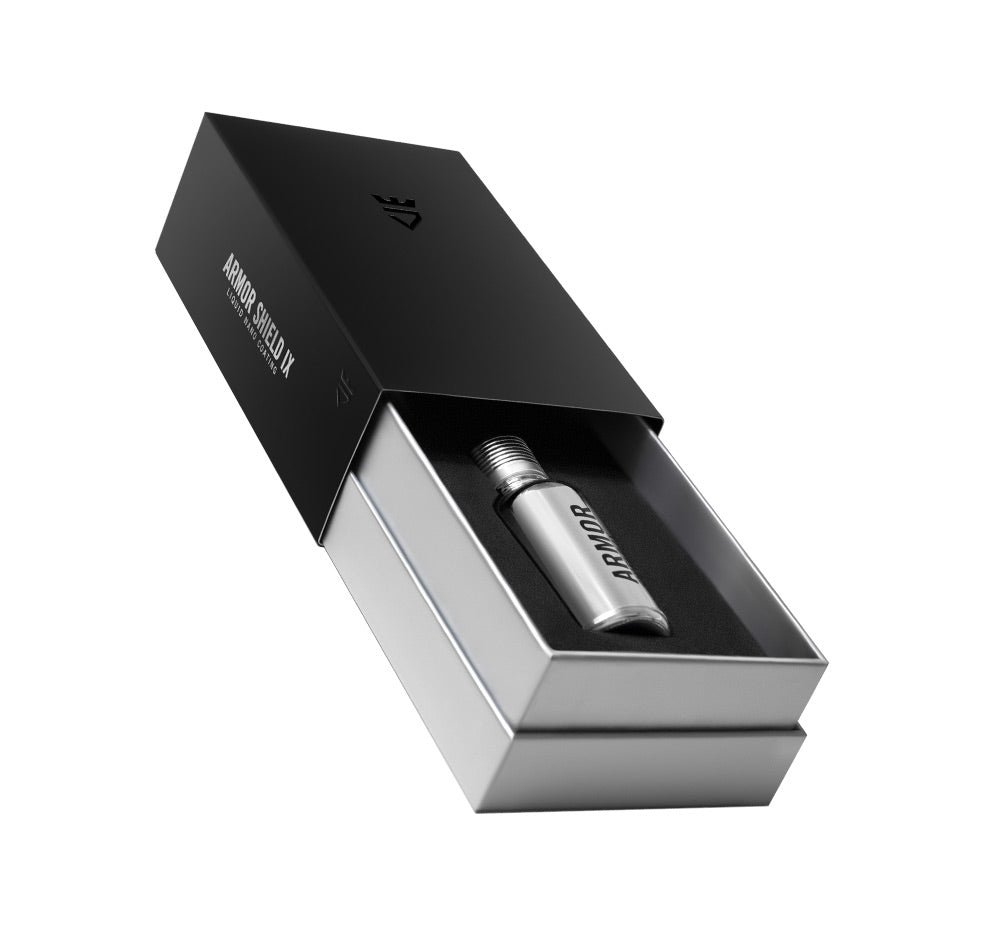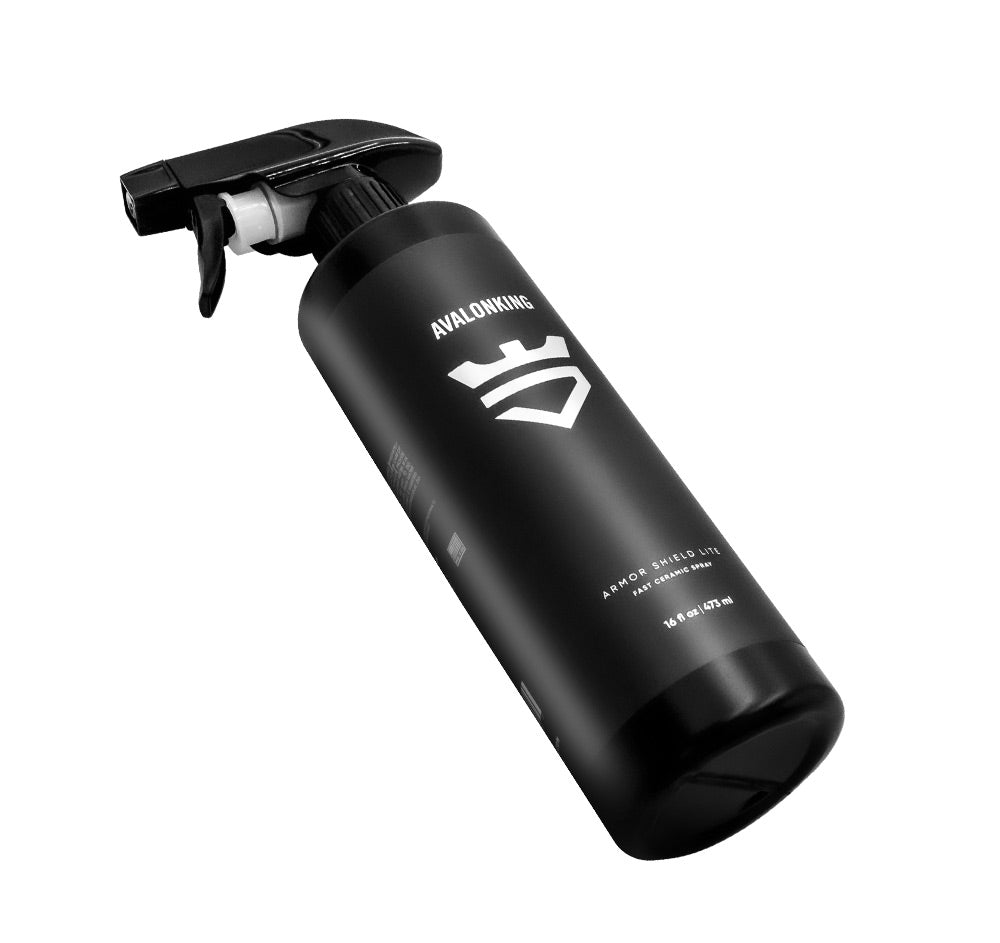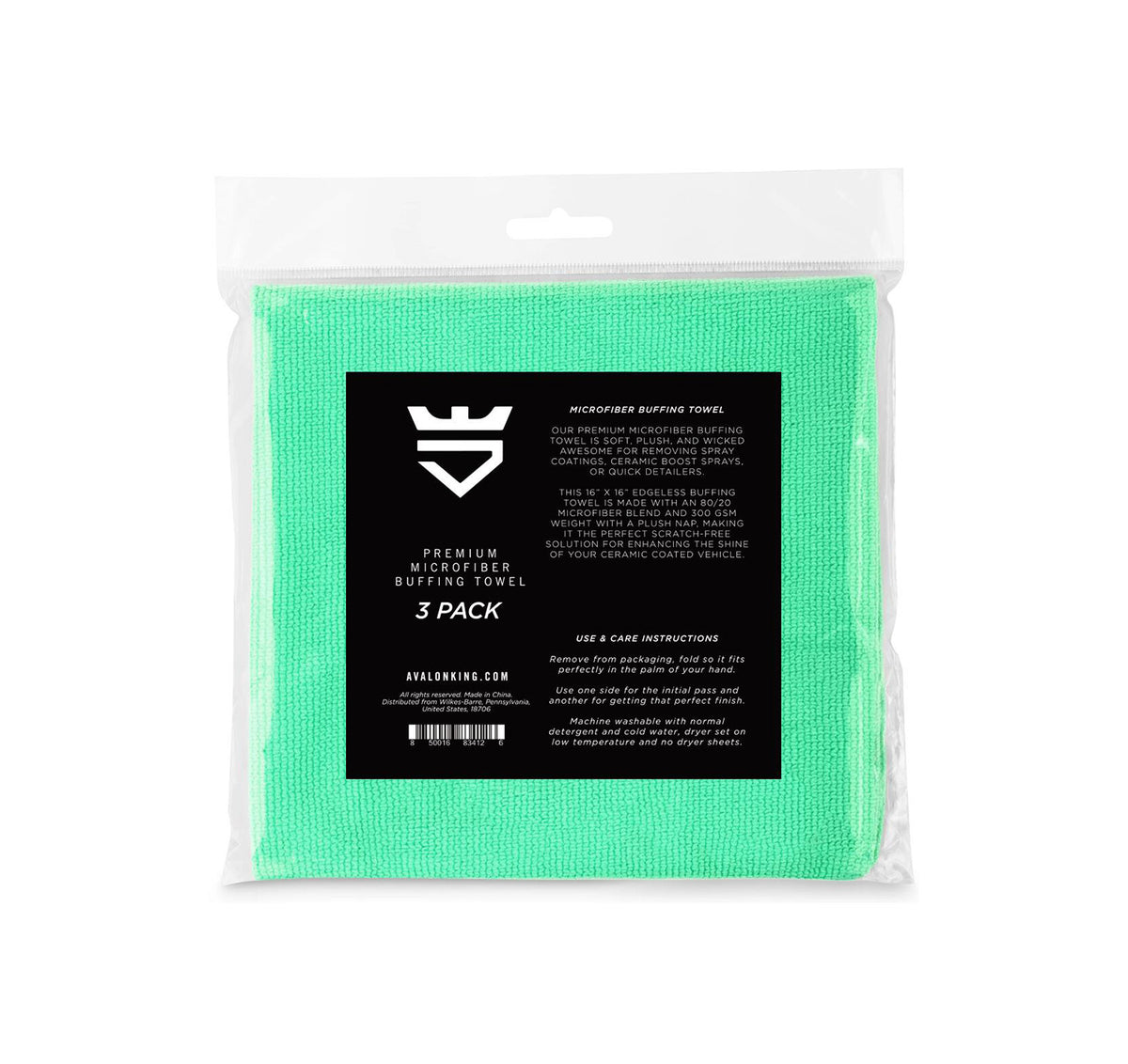How Do You Match Window Tint to Privacy Glass
Ever glanced at a sleek, tinted ride and thought, "Wow, that's the epitome of cool and privacy combined"? Well, you're not alone. But here's the kicker: matching aftermarket window tint to factory privacy glass is not as straightforward as slapping on any dark film you find. Let's dive into the nitty-gritty of getting that seamless look.
What's the Big Deal with Privacy Glass?
First off, let's clear the air about what privacy glass actually is. It's not some high-tech, spy-level gadgetry but rather, factory-tinted glass that comes standard on many SUVs and vans. Its main job? To keep peeping Toms at bay and reduce the greenhouse effect inside your car. Sounds pretty neat, right?
The Science Behind Privacy Glass
Privacy glass isn't your average tinted window. It's made by adding dye to the glass during the manufacturing process, which means the tint is literally in the glass. This method not only provides a uniform appearance but also ensures the tint won't peel or bubble over time. Plus, it blocks UV rays like a champ.
Why Match Aftermarket Tint to Privacy Glass?
So, why go through the hassle of matching aftermarket tint to your vehicle's privacy glass? For starters, it's all about aesthetics. A seamless transition from the front windows to the back screams sophistication. Then there's the added benefit of UV protection and reduced glare, making your ride both cooler and safer.
Choosing the Right Tint
Now, onto the meat and potatoes: selecting the perfect tint. With a plethora of options out there, it's easy to feel like a kid in a candy store. But remember, not all tints are created equal.
Understanding Tint Percentages
Tint percentage refers to the amount of light that a tint film allows to pass through. For instance, a 20% tint permits 20% of the visible light to enter, making it darker than, say, a 50% tint. Matching the percentage to your privacy glass is crucial for that uniform look.
When choosing the right tint percentage, consider factors like your driving habits, the climate you live in, and how much privacy you desire. If you frequently drive in bright, sunny areas, a darker tint might be more suitable to reduce glare and heat inside the vehicle. On the other hand, if you often drive at night or in low-light conditions, a lighter tint could be a safer option to maintain visibility.
Material Matters
When it comes to tint materials, you've got options: dyed, metalized, carbon, and ceramic. Each has its pros and cons, from affordability to heat rejection capabilities. For matching purposes, consider how the tint's color and reflectivity compare to your privacy glass.
Dyed tint films are the most common and budget-friendly option. They provide good color stability but may not offer as much heat rejection as other types. Metalized films, on the other hand, are known for their durability and effective heat reduction, but they can interfere with electronic signals in your vehicle. Carbon films are a premium choice, offering both heat and UV protection without signal interference. Ceramic films are the top-of-the-line option, providing superior heat rejection, UV protection, and clarity, albeit at a higher cost.
DIY or Professional Installation?
Feeling handy? You might be tempted to tackle window tinting on your own. But before you do, let's weigh the pros and cons.
The DIY Route
Going DIY can save you some bucks, and there's a plethora of tutorials out there. However, window tinting requires precision and patience. Mess it up, and you're looking at a bubbly, peeling mess. Plus, there's the risk of violating tint laws if you're not careful.
If you decide to take the DIY route, make sure you have the right tools and a clean, dust-free environment to work in. Practice on a small piece of glass first to get the hang of applying the tint smoothly. Remember, preparation is key—clean the windows thoroughly before starting, and take your time to avoid creases and air bubbles.
Why Professional Installation Rocks
Professionals bring experience and precision to the table. They'll help you choose the right tint, ensure it's applied flawlessly, and keep you on the right side of the law. Yes, it's pricier, but the peace of mind and quality are worth every penny.
Professional installers have the expertise to navigate any challenges your vehicle's windows may present, such as complex shapes or defroster lines. They also have access to high-quality tint films that may not be available to consumers. Additionally, professional installation often comes with a warranty, giving you added protection in case of any issues with the tint in the future.
Navigating Legal Waters
Last but definitely not least, let's talk legality. Tint laws vary wildly from one place to another, and what's cool in one state might get you fined in another.
Understanding Your Local Tint Laws
Before you dive into tinting, do your homework. Many regions have specific rules about how dark your tint can be, especially on the front windows. Ignorance isn't bliss here—it's a ticket waiting to happen.
Check with your local Department of Motor Vehicles or law enforcement agency to understand the tint laws in your area. Some states have restrictions on the darkness of tint allowed on different windows of the vehicle, with the front side windows often having stricter regulations than the rear windows. Be aware of any medical exemptions that may apply if you require darker tint for health reasons.
The Importance of Compliance
Staying within legal bounds isn't just about avoiding fines; it's also about safety. Overly dark tints can impair your vision, especially at night or in low-light conditions. When in doubt, err on the side of caution.
Remember that tint laws are in place not only for the safety of law enforcement officers who need to see inside your vehicle but also for your own safety as a driver. Dark tints can hinder your ability to see pedestrians, cyclists, or other vehicles, increasing the risk of accidents. By complying with tint regulations, you're not only avoiding legal trouble but also contributing to safer roads for everyone.
In conclusion, matching aftermarket window tint to privacy glass is an art and a science. It's about blending aesthetics with functionality, all while playing by the rules. Choose wisely, consider professional installation, and always stay informed about tint laws. Here's to achieving that perfect, seamless look!
Now that you're equipped with the knowledge to match your window tint to privacy glass perfectly, why not give your ride the ultimate finish? At AvalonKing, we understand the importance of maintaining your car's aesthetic appeal. Our premium car cleaning products, including ceramic coatings and car shampoos, are designed to keep your vehicle looking its best. Check out our products and experience the difference that quality care can make. Your car deserves the royal treatment, and with AvalonKing, that's exactly what it will get.










